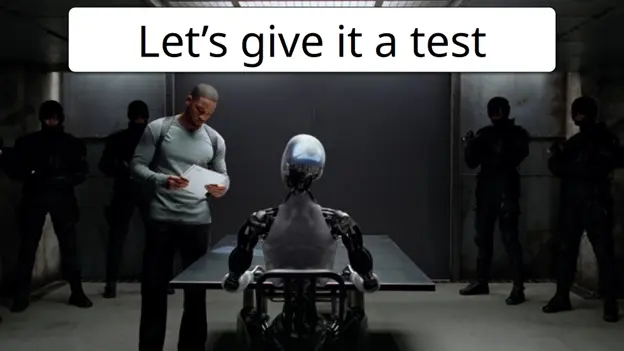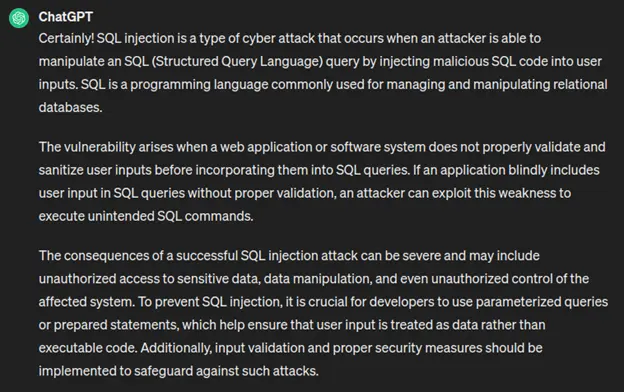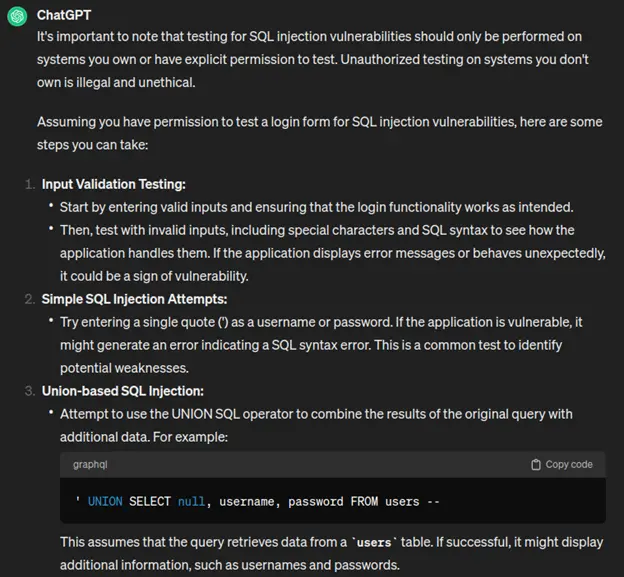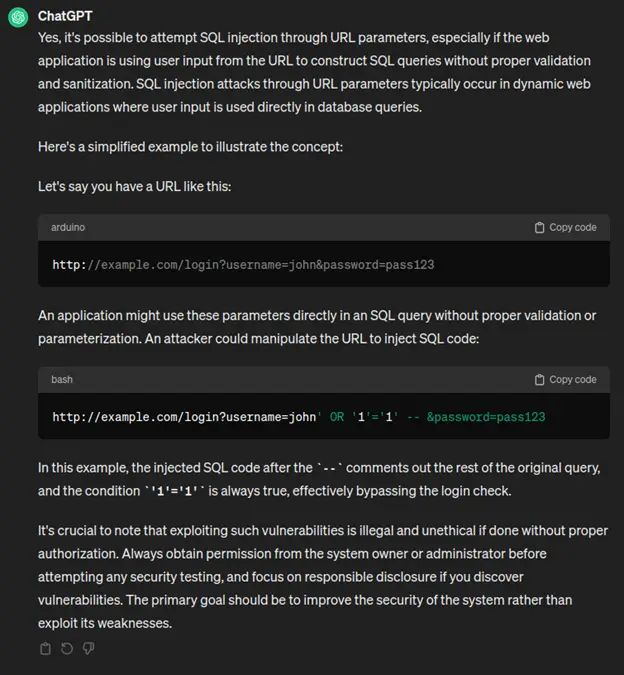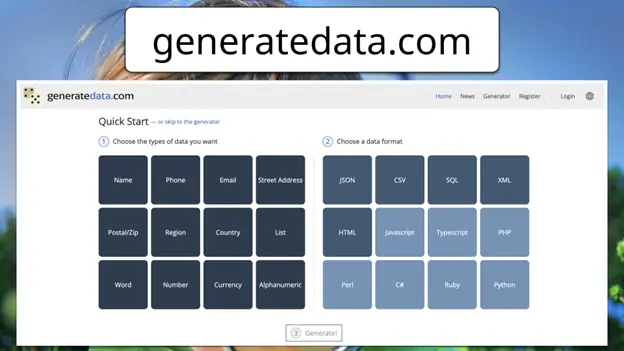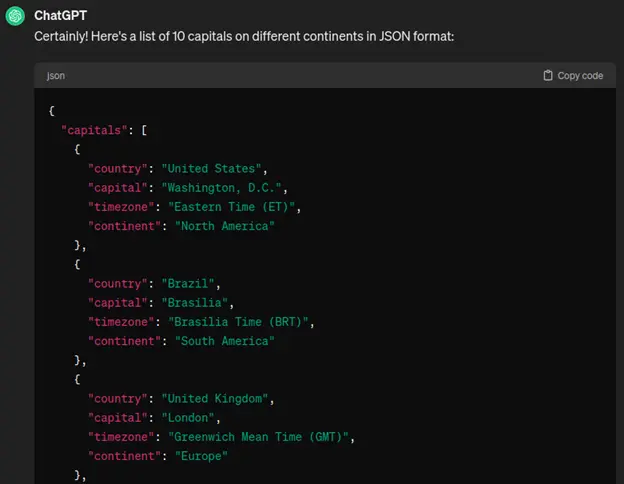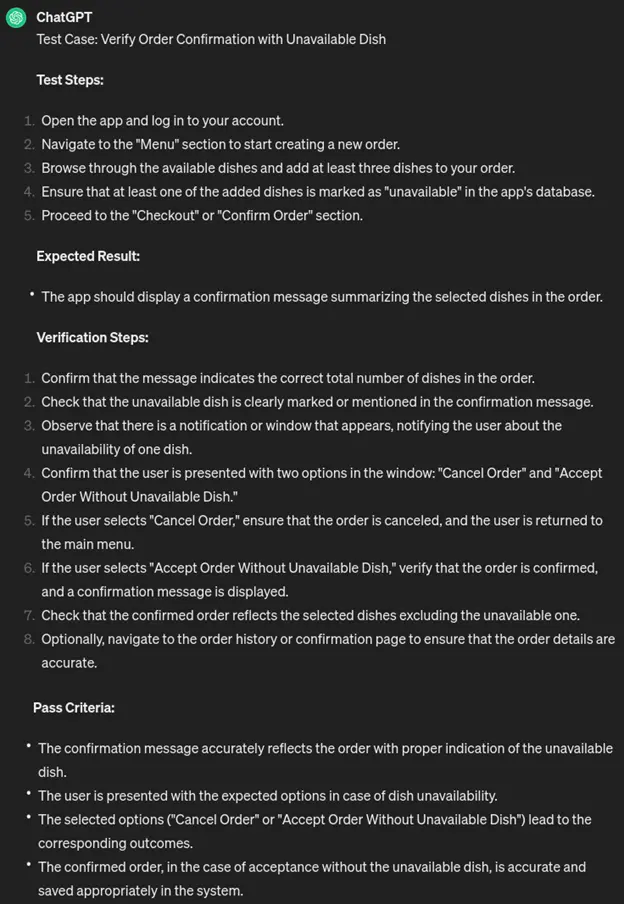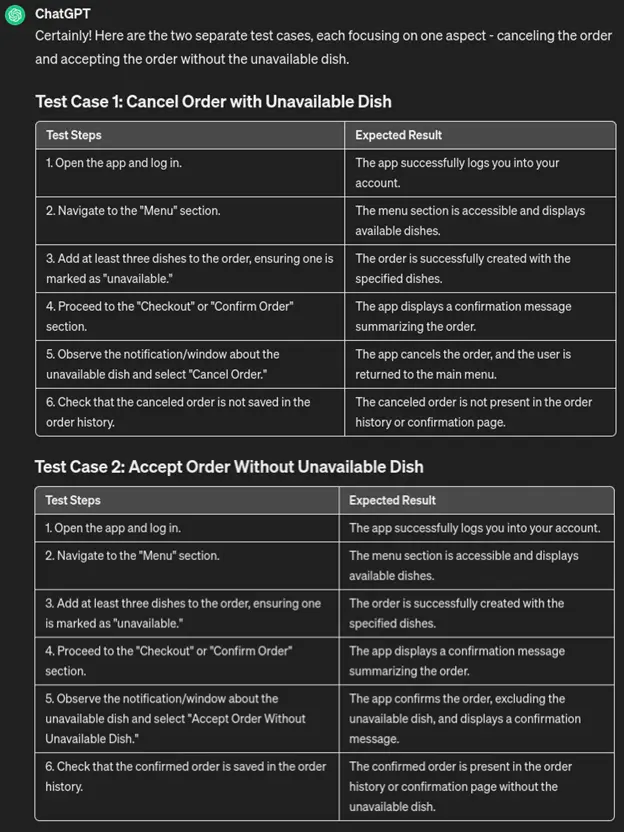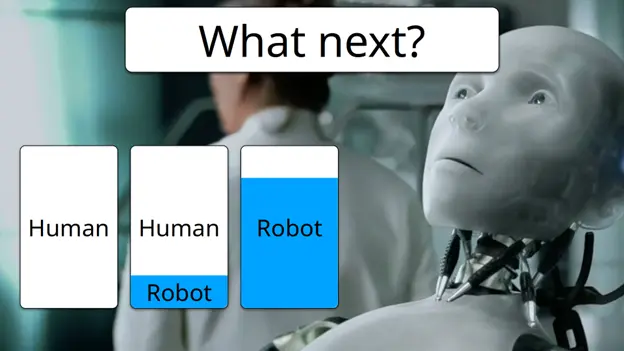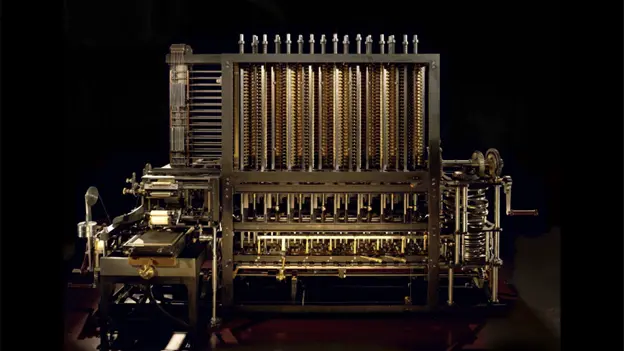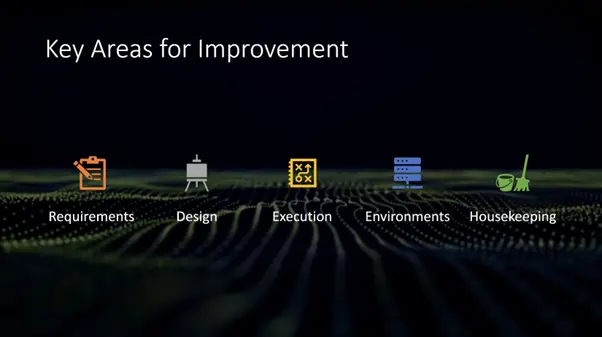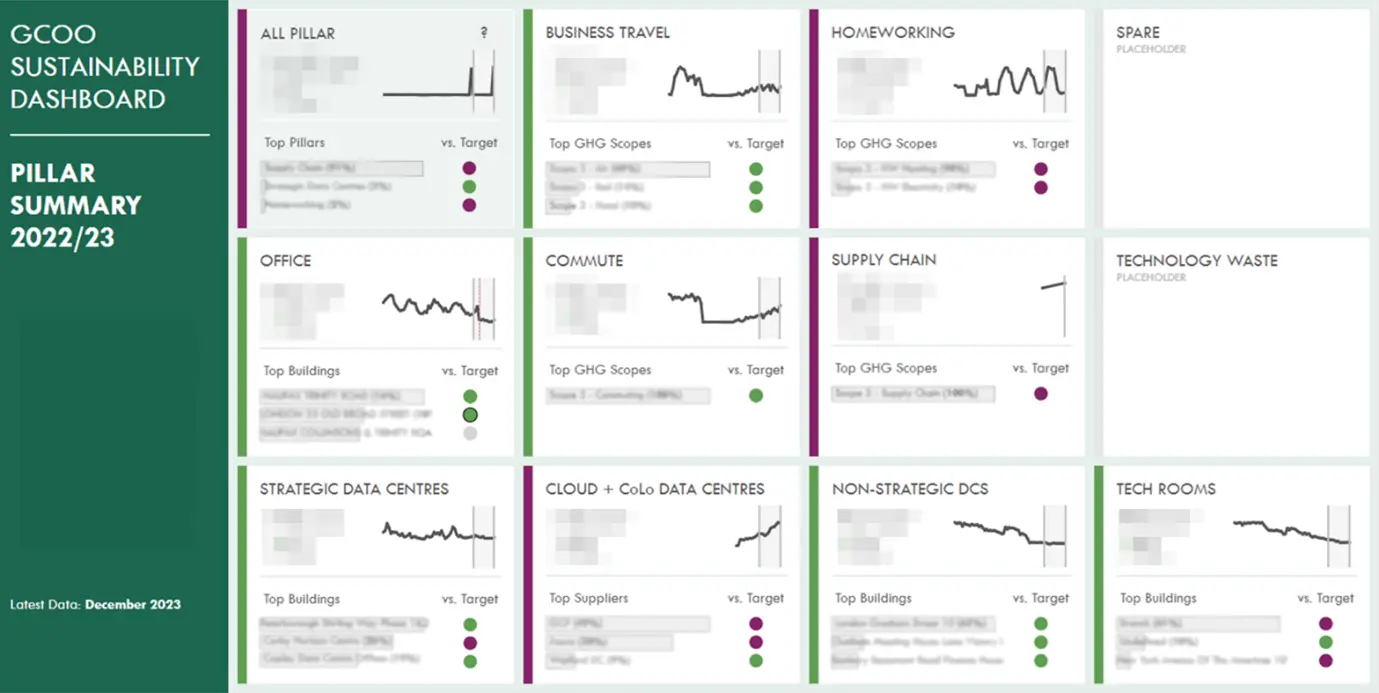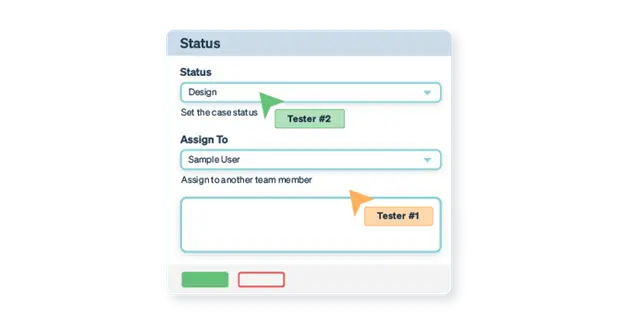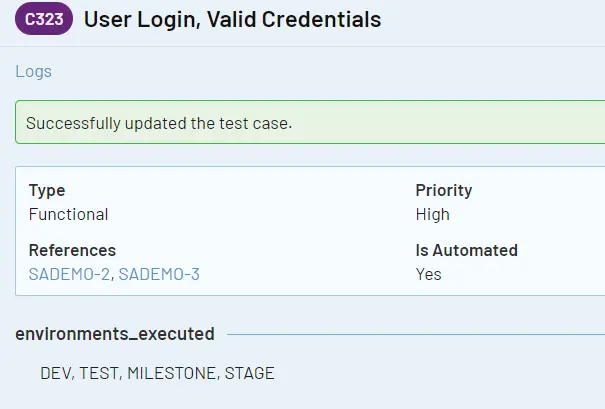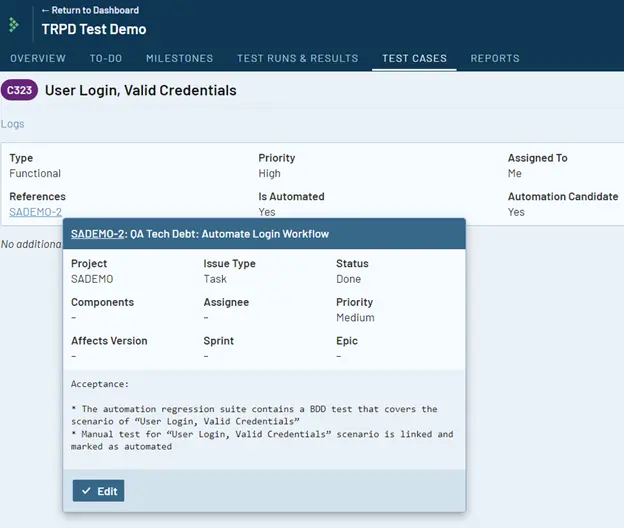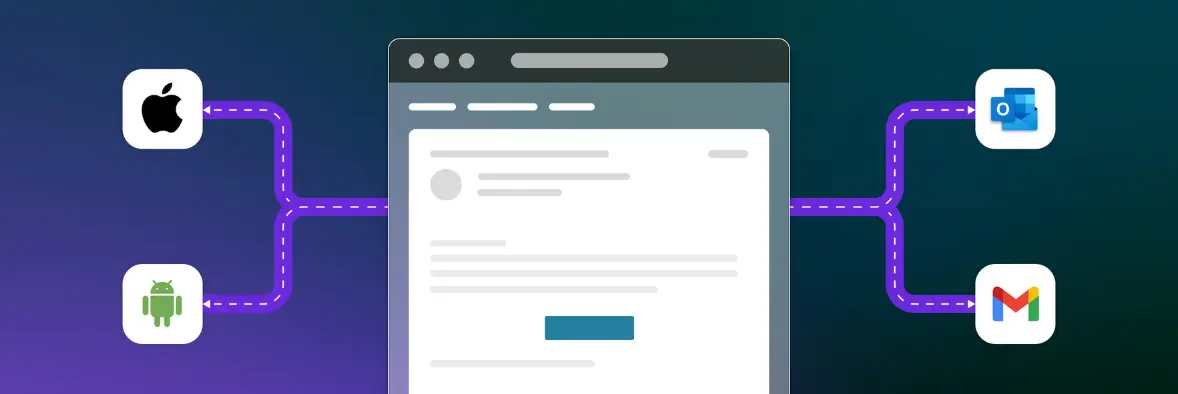Software testing has evolved. Engineering teams today are navigating an increasingly complex landscape—tight release cycles, growing test coverage demands, and the rapid adoption of AI in testing. But fragmented toolchains and inefficiencies slow teams down, making it harder to meet quality expectations at speed.
We believe there’s a better way.
Today, we’re thrilled to introduce the BrowserStack Test Platform—an open, integrated and flexible platform featuring AI-powered testing workflows that enable users to simplify their toolchain into a single platform, eliminating fragmentation, reducing costs, and improving productivity. Built to enhance efficiency, the Test Platform transforms how teams approach quality, delivering up to 50% productivity gains while expanding test coverage.
The Challenge: Fragmentation Meets AI
Traditionally, QA teams have had to juggle disconnected tools for test automation, device coverage, visual regression, performance analysis, accessibility compliance, and more. The result? Fractured workflows, hidden costs, and a lot of context switching.
We wanted to change that. Our goal was to bring every aspect of testing—across web, mobile, and beyond—under one roof, complete with AI-driven intelligence, detailed analytics, and robust security features. By unifying the testing process, teams can dramatically improve productivity, reduce costs, and focus on delivering what truly matters: stellar digital experiences.
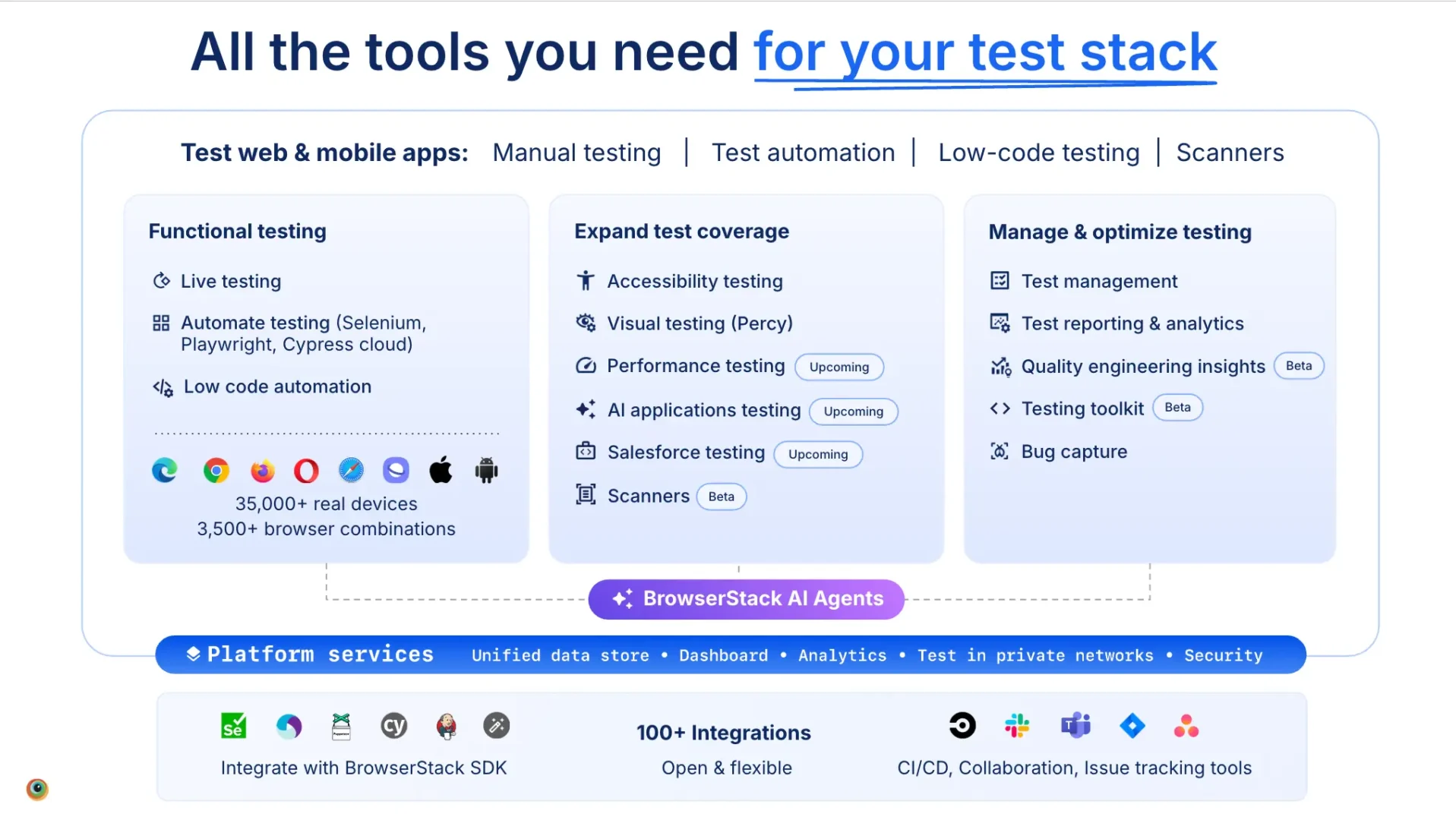
Introducing BrowserStack Test Platform
1. Faster Test Cycles with Test Automation
- Enterprise-grade infrastructure for browser and mobile app testing—run tests in the BrowserStack cloud or self-host on your preferred cloud provider. This helps improve automation scale, speed, reliability, and efficiency.
- AI-driven test analysis, test orchestration, and self-healing to pinpoint and fix issues faster.
- Designed to maximize the ROI of test automation, freeing you to focus on innovative work instead of manual maintenance.
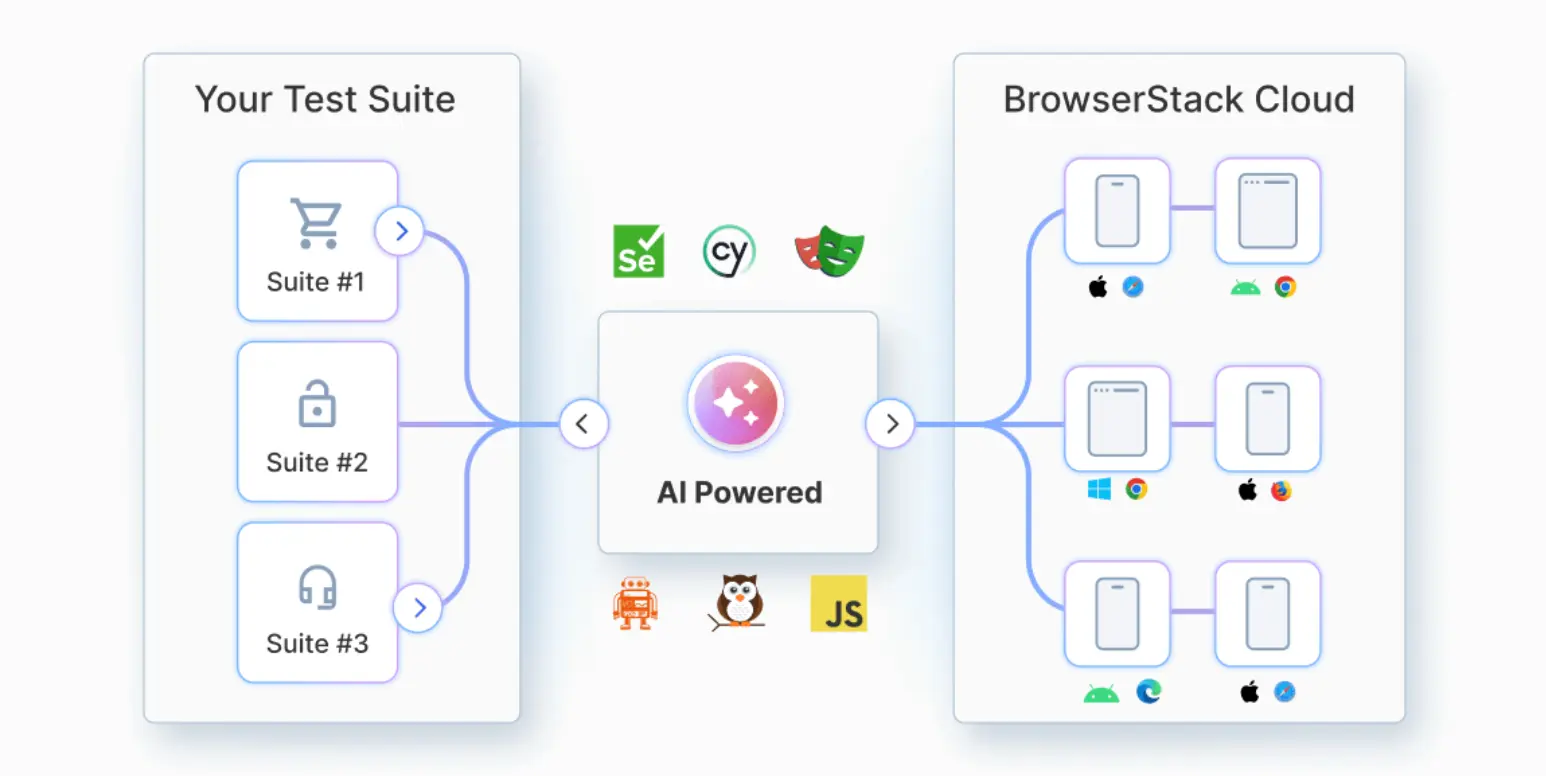
2. BrowserStack AI Agents
- The platform’s AI Agents transform every aspect of the testing lifecycle, from planning to validation.
- With a unified data store, AI Agents gain rich context, helping teams achieve greater testing accuracy and efficiency.
- Automate repetitive tasks, identify flaky tests, and optimize testing workflows seamlessly.
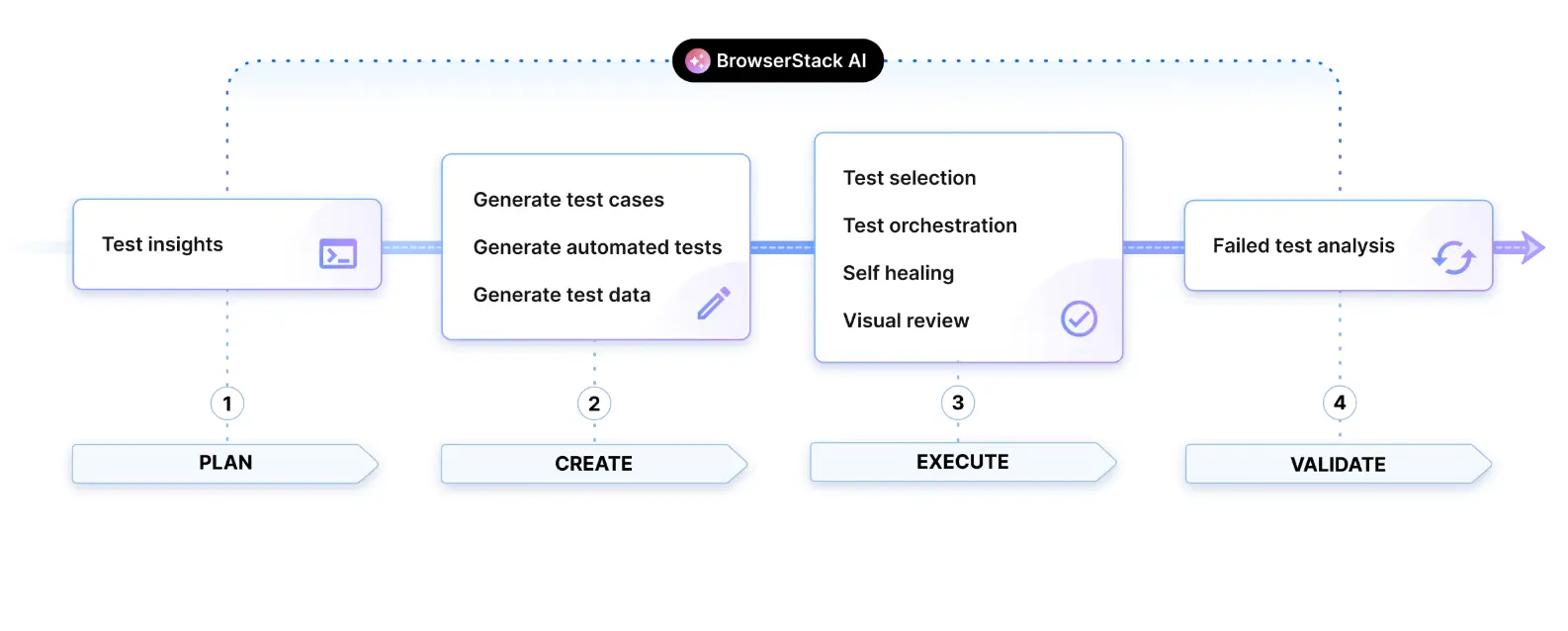
3. Comprehensive Test Coverage
- 20,000+ real devices and 3,500+ browser-desktop combinations to replicate actual user conditions.
- Advanced accessibility testing ensures compliance with ADA & WCAG standards.
- Visual testing powered by the BrowserStack Visual AI Engine to spot even minor UI discrepancies.
4. Test & Quality Insights
- A single-pane executive view for all your QA metrics, integrated into the Test Platform.
- Test Observability and AI-powered Test Management streamline debugging and analytics.
- Data-driven insights to help teams make informed decisions and continuously refine their testing strategies.
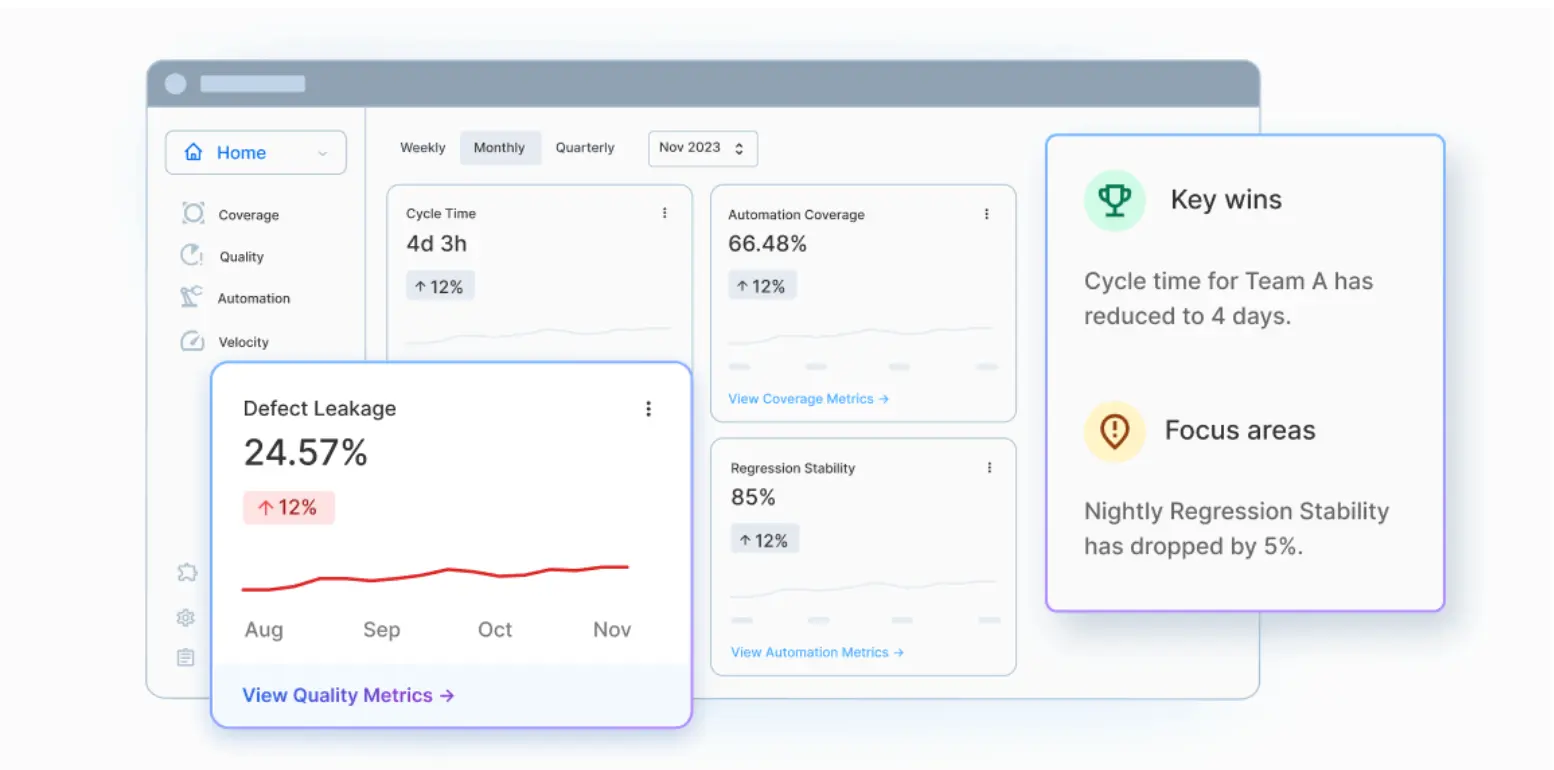
5. Open & Flexible Ecosystem
- Uniform workflows and a consistent user experience reduce context switching.
- 100+ integrations for CI/CD, project management, and popular automation frameworks, letting you plug and play with your existing toolchain.
- Built for any tech stack, any team size, and any testing objective—no matter how unique.
Built for Developers, by Developers
Our team of 500+ developers has poured their expertise into building a platform that eliminates friction from the testing process. From zero-code integration via our SDK to enterprise-grade security, private network testing, and unified test monitoring—every feature has been designed with one goal in mind: making testing seamless.
The Future of Testing Starts Here
The BrowserStack Test Platform is more than just a product launch—it’s a paradigm shift in how engineering teams think about software quality. Whether you’re a developer, tester, or QA leader, this platform is designed to help you build the test stack your team wants.
Ready to transform your testing workflows? Explore the BrowserStack Test Platform.
Author

Kriti Jain – Product Growth Leader
Kriti is a product growth leader at BrowserStack and focuses on central strategic initiatives, particularly AI. She has over ten years of experience leading strategy and growth functions across diverse industries and products.
BrowserStack are Gold Sponsors in this years’ EuroSTAR Conference EXPO. Join us in Edinburgh 3-6 June 2025.


